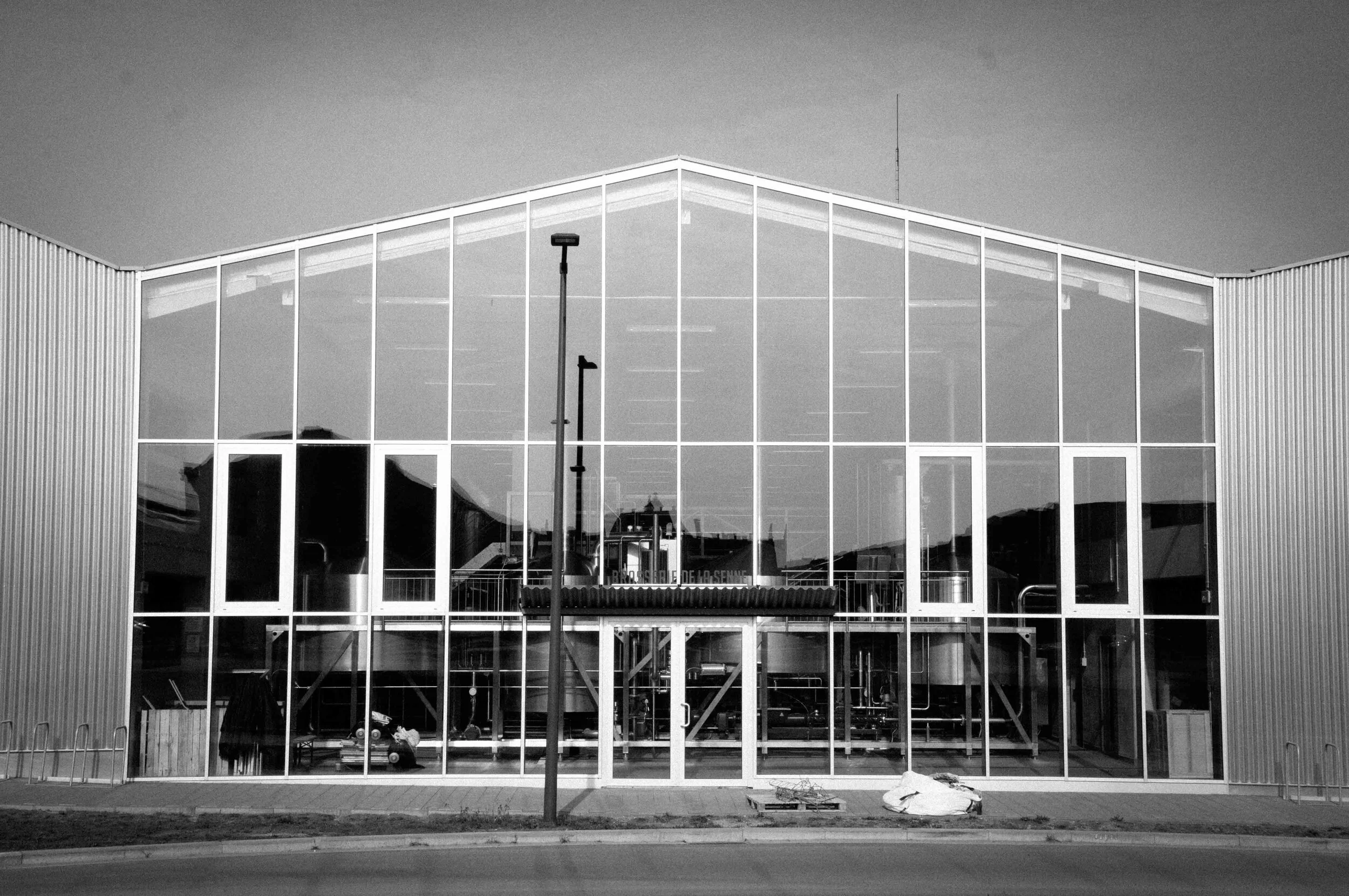A History of Brussels Beer in 50 Objects // #45 Skol Bottletop
Object #45 - Skol Bottletop
21st century
City Life
Find out more about Brussels Beer City’s new weekly series, “A History Of Brussels Beer In 50 Objects” here.
In 1947, a decade before Léopoldville’s Bracongo brewery hired Patrice Lumumba, the Belgian state counted 10 Congolese nationals living in Belgium, most likely centred on the office blocks behind the royal palace that housed the network of administrative bodies and industrial concerns comprising Belgium’s colonial bureaucracy. Lumumba’s period at Bracongo was brief, leaving to lead his country’s independence movement, becoming its first Prime Minister before his murder in 1961.
Soon after Dipenda Brussels’ Congolese population started to grow, as students made their way north to Belgium’s universities. Instead of settling near the palace, these new arrivals moved across Brussels’ petite ceinture to the streets around Porte de Namur, Rue Stassart and the Waversesteenweg. Colloquially dubbed Matongé after Kinshasa’s eponymous market district, by the mid-1970s the neighbourhood had evolved into a nightlife district for diplomats, businessmen, students, and politicians - populated by nightclubs and ngandas (Lingala for café) serving bottles of Congolese Primus and Skol beer.
The appearance of new drinks and drinking traditions in the wake of new arrivals was nothing new for Brussels. In the mid-19th century, Flemish migrant workers made their homes in the Marollen at the same time as provincial beers from Diest, Leuven and Hoegaarden appeared in estaminets across Brussels. In post-WWII Brussels, it was not Flemish workers but Iberian miners who settled in the streets around Midi station. Portuguese labourers could indulge in Super Bocks at the Café 25 Abril on Boulevard Jamar. Their Galician counterparts had the Centro Gallego in nearby St Gilles. For Asturians, there was sidra at Boulevard du Midi’s Mar Azul with its murals depicting Asturian mines, or the Centro Cabraliego up on Rue Haute, festooned in Real Oviedo flags. There was gambas and flamenco at El Guadalquivir in the Marollen for their Andalucians counterparts.
Subsequent waves of migration have left a similar mark on Brussels’ drinking culture. Central Brussels’ Iberian communities were eventually supplanted by a new generation of Maghrébins migration, bringing with it teahouses and shisha bars. The area around the Église Royale Sainte-Marie in Schaarbeek has become synonymous with Brussels’ Bulgarian community since its entry into the EU in 2007. Bars serving Kamenitza from Plovdiv or Pirinsko Pivo from Blagoevgrad, with names like Café Sofia, share the street with Turkish bakeries selling flatbread and baklava.
Then there’s the Portuguese of Flagey, the Romanians around Parc Elisabeth, and the tiny Armenian community in Jette. Even the Irish established a faux-celtic enclave at Schuman roundabout, where bars like Kitty O’Shea’s and the James Joyce supply Brussels’ transitory expatriate community with goujons, bacon sandwiches, and Guinness.
Matongé remains, still, important for Brussels’ African communities, though its function today is less nightlife district than entry point for people newly arrived from the DRC, Senegal, Guinea and other parts of Central and Equatorial Africa. There are fewer ngandas now, and the nightclubs don’t have quite the allure they once did. But there’s still Skol and Primus in the supermarkets, now joined by a recently - and belatedly - renamed square honouring Congo’s most famous beer salesman.













